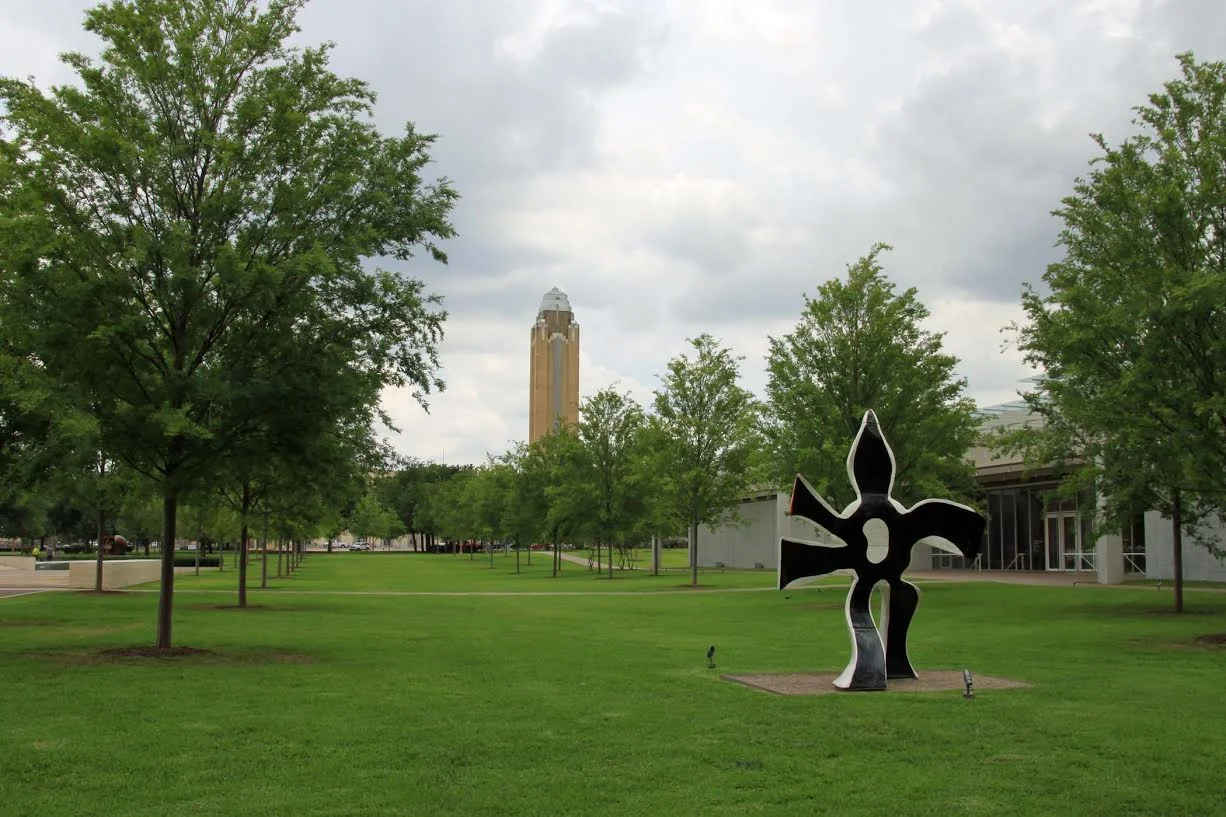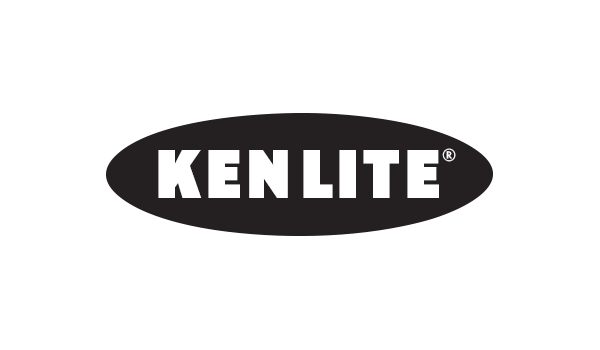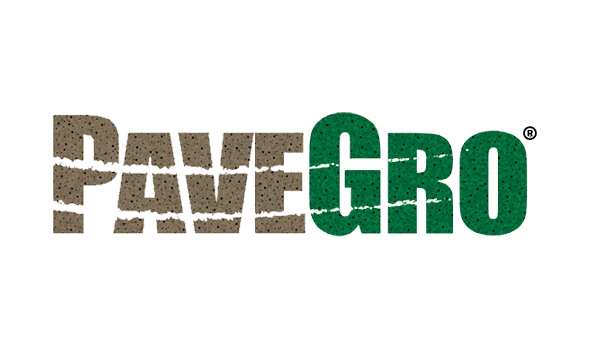Renzo Pavilion Provides Green Space in Urban Environment
Renzo Pavilion Provides Green Space in Urban Environment
The Renzo Pavilion at the Kimbell Art Museum in Fort Worth’s Arts District remains, years after its opening, an outstanding example of how architecture and landscape can coexist in an urban setting.
Designed by world-renowned architect Renzo Piano, the project has proven to be a lasting success in addressing common urban challenges, including congestion, limited parking, rapid stormwater runoff, elevated temperatures, and a lack of green space.
A Design That Endures
Since its completion, the pavilion has consistently delivered on both aesthetic and environmental goals. Noted for its brilliant use of glass, concrete, and filtered light, the 80,000-square-foot expansion houses galleries for the Asian, African, and Pre-Columbian collections, along with temporary exhibition space, an auditorium, education center, staff offices, and a grand lobby for receptions.
The outdoor design makes a dramatic impression: visitors ascend from underground parking to a tree-lined lawn between the original Kahn building and the new Piano pavilion. On the west end, a gently sloping “turf roof” rises from street level, serving both as a functional green space for museum activities and as a stormwater and heat-mitigation feature.
Lightweight Aggregate for Sustainable Landscapes
Arcosa Lightweight’s expanded shale, produced in Streetman, Texas, was specified for the lightweight fill and planting soil. Expanded shale weighs roughly half as much as sand or pea gravel, making it ideal for weight-sensitive applications such as deck parks, plazas over subsurface parking, green roofs, and large container plantings.
In addition to being lightweight, the material is porous, inert, durable, and resistant to compaction, with the ability to absorb and release water and nutrients. At the pavilion, more than 3 feet of lightweight soil anchor the 47 Chinese elms in the main landscape, while the turf roof was built on 1 foot of lightweight soil.
Proven Long-Term Benefits
Years after installation, the landscape continues to thrive, demonstrating the durability of both the design and materials. Developments like this preserve green space, create gathering areas, soften architectural lines, improve air quality, reduce heat island effect, and foster community identity.
Soils blended with lightweight aggregates, such as expanded shale, also reduce urban runoff and help filter contaminants. These “Low Impact Development” strategies are increasingly favored by cities for applications including bioretention, clay soil amendment, detention planters, permeable turf parking, and green roofs.













